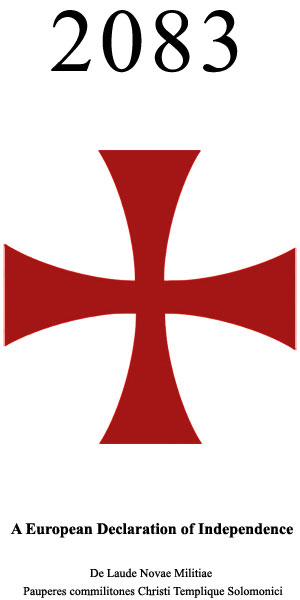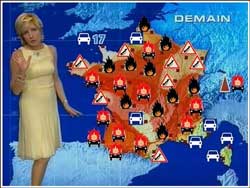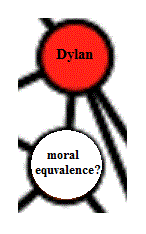Oslo and Utoya: open source warfare
Sunday, July 24th, 2011[ by Charles Cameron — analysis of 2083 manifesto, John Robb ]
.
Just a quick note — section 3.18 of the 2083 European Declaration of Independence reads as follows:
3.18 “Open source” warfare – clandestine cell systems – the most efficient way of warfare in Phase 1
A clandestine cell structure is a method for organising a group in such a way that it becomes virtually immune to detection, penetration and decapitation. As such, it is a critical strategic element of our operations. It is not in any way lead under a fixed, fragile hierarchy but works as an extremely distributed movement, a resilient network made up of small, autonomous groups or cells. Each group is lead by a cell commander, often working solo, who makes all the decisions based on fixed fundamental principles. We therefore avoid the use of electronic communications (including mobile phones, email and internet chat), because electronic intelligence, signals intelligence, ELINT, SIGINT, is a strength of conventional militaries and counterintelligence organisations.
Solo Martyr Cells are completely unknown to our enemies and has a minimal chance of being exposed. The relatively indestructible and impenetrable nature of the Cell System allows the individual to stay hidden until he is ready to “activate” himself. Even then he will escape the scrutiny often reserved for young men of Arab descent. Optimally he should not have any affiliations to “extremist networks” or to any extreme right wing movements for obvious reasons. This will disallow the National Intelligence Agencies to place the individual on their “radar”/under surveillance. As with the “open source” concept in general our core principles which include armed resistance against the cultural Marxists/ multiculturalists are made available for public collaboration. Our evolving approach to conducting warfare makes it extremely quick to innovate and share tactics rapidly from cell to cell without the direction of a vulnerable leadership hierarchy.
Each European country has tens of thousands individuals who are affiliated with far right conservative movements (from moderate to extreme). In addition, there are several thousand individuals who sympathise with armed resistance groups against the cultural Marxists/multiculturalists (many of them being in the police force and the intelligence agencies themselves).
National Intelligence Agencies have very limited resources and will not be able to monitor tens of thousands of people efficiently (they will not waste excessive resources on individuals who are not considered an immediate threat). They will not have any chance whatsoever to implement efficient means against Solo or even Duo cells because you are not on their “priority watch list”. Even if you are on a watchlist you have several opportunities.
Weaknesses
Groups and individuals who use terror (spreading fear and means of intimidation) as its primary weapon (even if concentrated on specific individuals or government buildings only) will always have limited “open” support in the population.
The rather excessive secrecy and decentralised concept of our command structure can contribute to a reduction or distortion of information about our goals and ideals. This would only be a problem if f. example a cell commander fails to send an announcement to predefined news agencies and blogs. The biggest threat is that media or government agencies might attempt to distort our messages and material and present it to the media as NS or racist in nature in an attempt to de-legitimise us. This has the potential to prevent the wanted effect of our operation, support for our cause and political pressure on current regimes (to halt Muslim immigration and Islamisation). However, if the cultural Marxist/multiculturalist governments attempt to falsely give credit to racist organisations they risk creating more activity among the NS movements so it is a double edged blade even for them.
There appear to be two references to “open source warfare” in the document: this one is the main one, on p. 840 of my downloaded .docx version. There’s also a mention of “open source intelligence”.
I haven’t found a reference to John Robb in this context — but given that John pioneered the concept of OSW in his writings, I will be interested to see his comments on the brief version described above.



















